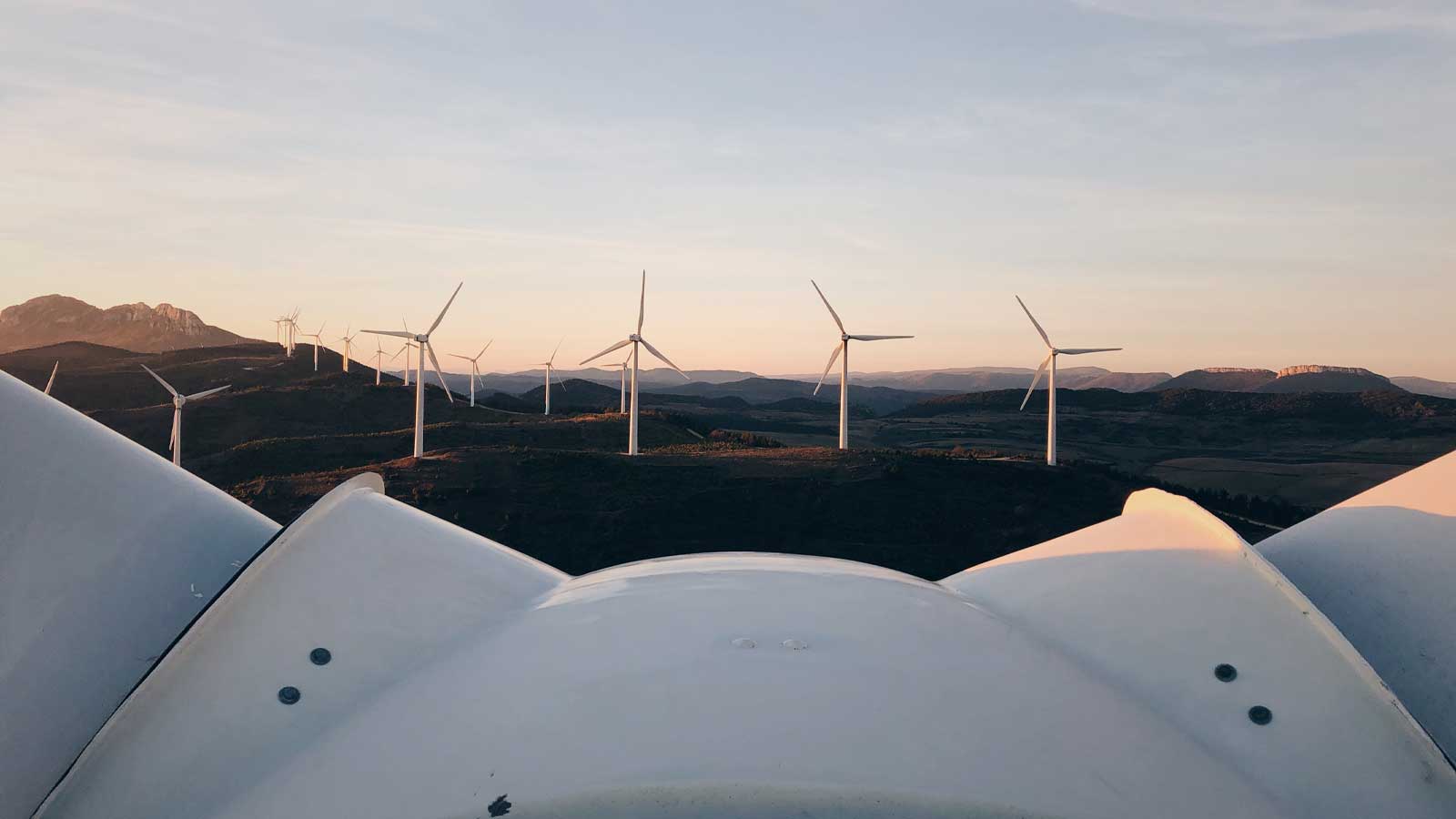
They produce more electricity than we can use when the sun shines or the wind blows, but generate nothing at night or when the air is still.
In the UK, for example, last August saw a period in which wind’s share of total electricity production swung between 5 and 61 per cent over the course of just over a day. This is where hydrogen can make the difference. In all sorts of ways, it is the key to making renewables more efficient.
If the surplus power renewables generate could be transformed into hydrogen in a way that’s both cheap and clean, a whole new world of possibilities opens up.
With the right processes in place, the hydrogen produced by solar and wind power can be converted back into electricity, or used to as an alternative to fossil fuel in activities such as steel-making. It can also be used as a key energy-carrying ingredient for the manufacture of synthetic fuels for aviation.

In Sweden, steel company SSAB is using hydrogen to make steel. In Australia, agricultural products firm Yara is using hydrogen to make ammonia for the creation of a carbon-free fertiliser. In Norway, Norsk e-Fuel consortium is planning Europe’s first commercial plant taking CO2 from the air and combining it with hydrogen to produce renewable aviation fuel.
At the moment, such projects are relatively expensive, but as the costs of hydrogen production and of CO2 capture fall, they will converge towards cost of fossil fuels.
Back in 2011, pretty much everybody in the world underestimated how fast the exponential change would be in the cost of solar power. The same thing seems to be happening with the move to electric cars in some parts of the world. In Germany, they already account for almost 10 per cent of total sales. Hydrogen, the green version, (see box) could be the next surprise. Norwegian gas producer Nel ASA aims to produce green hydrogen at USD1.50 a kilo by 2025; that is possibly lower than the cost of producing grey hydrogen in many parts of the world. The falling price of renewable electricity is key as the cost of green hydrogen is dominated by the cost of the energy you need to get the hydrogen to be made in the first place; the cost of electrolysers matters but they are not as important.
Regulation can help speed up this process. A carbon tax of USD50-100 per tonne makes almost all of these technologies based on green hydrogen viable. Authorities are waking up the opportunity. Hydrogen is a key part of the European Green Deal, with the EU aiming to install at least 6 Gigawatt of renewable hydrogen electrolysers by 2024. It is also on the radar of Joe Biden’s US administration.
Transport is another challenge. Although hydrogen is much cheaper to move over long distance than electricity, there are still problems. It can be moved as a liquid, but it takes a lot of energy to convert it into that form and very cold temperatures are required. It may be more efficient to move it either in the form of ammonia or in the form of liquid organic carrier – two key areas for research.
My assumption is that full decarbonisation will happen through huge growth in renewables, which will enable the electrification of virtually everything, alongside a rise in hydrogen production and distribution. The two-pronged solution of hydrogen plus renewables can decarbonise most of the world economy.
All colours of hydrogen
- Grey hydrogen: extracted from natural gas or coal. Currently this is the most common type of hydrogen produced – not least because it is by far the cheapest, costing around EUR1.50/kg to produce, according to European Commission data. However, it is not environmentally friendly. The International Energy Agency estimates that grey hydrogen production is responsible for the emission of some 830 million tonnes of carbon dioxide per year.
- Blue hydrogen: produced from natural gas, but in such a way as to vastly reduce carbon emissions. The carbon that is emitted is captured and stored in underground reservoirs. Blue hydrogen costs around EUR2.00/kg to produce. However, carbon capture is often not 100 per cent efficient, so – while much better for the environment than its grey counterpart – does not tick the zero emissions box. With current technology there are also limits on how much carbon can be captured and stored.
- Green hydrogen: produced using water electrolysis, a process which splits water into oxygen and hydrogen, using an electric current generated by renewable sources such as wind and solar. The process is a holy grail for the environment as it produces zero carbon emissions and uses renewable fuels. For now, however, it is expensive – at around EUR2.50-5.50/kg. Costs are expected to fall, though, as renewable energy becomes cheaper and as regulation clamps down on carbon emissions.
Investing in a zero-carbon future
Learn more about the world's transition towards clean energy, and the investment opportunities it presents.






